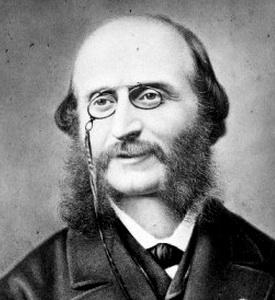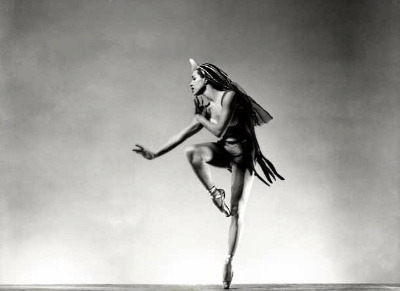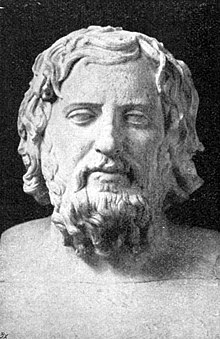@firefly,
Kārlis Ulmanis

Kārlis Augusts Vilhelms Ulmanis (September 4, 1877 in Bērze, Bērze Parish, Latvia – September 20, 1942 in Krasnovodsk prison, Soviet Union) was a prominent Latvian politician in pre-World War II Latvia during the Latvian period of independence from 1918 to 1940. He was the last chief executive of the Republic of Latvia prior to the Communist takeover of that country at the start of World War Two.
Ulmanis studied agriculture at the Swiss Federal Institute of Technology Zurich and at Leipzig University. He then worked in Latvia as a writer, lecturer, and manager in agricultural positions. He was politically active during the 1905 Revolution, was briefly imprisoned in Pskov, and subsequently fled Latvia to avoid incarceration by the Russian authorities. During this period of exile, Ulmanis studied at the University of Nebraska–Lincoln in the United States, earning a Bachelor of Science degree in agriculture. After working briefly at that university as a lecturer, Ulmanis moved to Houston, Texas, where he had purchased a dairy business.
Ulmanis returned to Latvia from exile in 1913, after being informed that it was safe to return due to the declaration of a general amnesty by the Russian tsar. This safety was short-lived as World War I broke out one year later.
In the aftermath of the war, Ulmanis was one of the principal founders of the Latvian People's Council (Tautas Padome), which proclaimed Latvia's independence from Russia on November 18, 1918. A constitutional convention established Latvia as a parliamentary democracy in 1920. Ulmanis was the first Prime Minister of a Latvia which had become independent for the first time in 700 years. He also served as Prime Minister in several subsequent Latvian government administrations during the period of Latvian independence from 1918 to 1940. In addition, he founded the Latvian Farmers' Union, one of the two most prominent political parties in Latvia at that time.
Ulmanis as Prime Minister dissolved the Saeima (Parliament) and established executive non-parliamentary authoritarian rule. Several officers from the Army and units of the national guard (Latvian: Aizsargi) loyal to Ulmanis moved against key government offices, communications and transportation facilities. Many elected officials were illegally detained, as were any military officers that resisted the coup d'etat.
All political parties, including his own "Farmers' Union", were outlawed. Part of the constitution of the Latvian Republic and civil liberties were suspended. All newspapers owned by political parties or organisations were closed. Some 2,000 Social Democrats were initially detained by the authorities, including most of the Social Democratic members of the disbanded Saeima, as were members of various right-wing radical organisations, such as Pērkonkrusts. In all, 369 Social Democrats, 95 members of Pērkonkrusts, pro-Nazi activists from the Baltic German community, and a handful of politicians from other parties were interned in a prison camp established in the Karosta district of Liepāja. After several Social Democrats, such as Bruno Kalniņš, had been cleared of weapons charges by the courts, most of those imprisoned began to be released over time. Those convicted by the courts of treasonous acts, such as Gustavs Celmiņš, remained behind bars for the duration of their sentences, three years in the case of Celmiņš.
The incumbent President Alberts Kviesis served out the rest of his term until 1936, after which Ulmanis merged the office of President and Prime Minister, a move considered unconstitutional. In the absence of Parliament, laws continued to be promulgated by the Cabinet of Ministers.
In 1939, Adolf Hitler's Germany and Joseph Stalin's USSR signed a non-aggression agreement, known as the Molotov-Ribbentrop Pact, which contained a secret addendum (revealed only in 1945), dividing Eastern Europe into spheres of influence. Latvia was thereby assigned to the Soviet sphere. Following a Soviet ultimatum in 1939, Ulmanis had to allow Soviet military bases in Latvia, and in June 1940, Latvia was completely occupied by the Soviet Union. Ulmanis ordered Latvians to show no resistance to the Soviet Army, saying in his radio speech "I will remain in my place and you remain in your places".
On July 21, 1940 Ulmanis was forced to resign and asked the Soviet government for a pension and to allow him to emigrate to Switzerland. Instead, he ended up in Stavropol in the present Russia, where he worked in his original profession for a year. In July 1941, he was imprisoned. A year later, as German armies were closing in on Stavropol, he and other inmates were evacuated to a prison in Krasnovodsk in present day Turkmenistan. On the way there, he contracted dysentery and soon died on 20 September 1942. Ulmanis had no wife or children, as he used to say that he was married to Latvia.













 SOCRATES
SOCRATES





